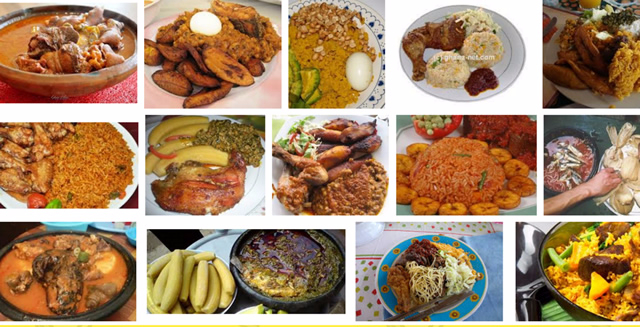
GHANA PEOPLE & CULTURE
Ghana is recognized as a nation with rich, diverse, and dynamic cultural/ethnic groupings. There is, however, something unique and strong that interconnects Ghana’s cultural groups into one uniform people with a common destiny. The largest of the over 100 cultural groups in Ghana are the Akans, followed by the Mole-Dagbani, Ewes and Ga(s).
Tribes
Ashanti
Ashantis are the largest Akan group in Ghana and are typically identified by their affluence, valour and hand-made craft-works. They engage in weaving, wood carvings, ceramics, and metallurgy. Ashantis are also one of the few tribes in Ghana that trace their lineage through the matrilineal system. Kente is a cloth of pride for the Ashantis and its unique design and weaving patterns make it a flamboyant and rarely used commodity. Kente is often worn on very important occasions such as festivals etc.
Ewes
They have over 600 deities to turn to in times of difficulties. Many village celebrations and ceremonies take place in honour of one or more deities. Ewes also weave Kente cloth, but with more geometrical patterns which contain symbolic designs. The Ewes occupy the South-Eastern part of Ghana and the Southern parts of neighbouring Togo and Benin. Ewes are mostly known for farming, fishing and craftsmanship. The Ewes trace their lineage through the patrilineal system.
Fanti
Mfantsefo as referred to in the local Akan dialect, Fantis are one of the Akan tribes in Ghana. They are mainly gathered in the south-western coastal region of Ghana, with some also in Ivory Coast. The main city of the Fantis is Cape Coast, in the Central Region and Mankessim is recognized as the traditional headquarters of the Fanti tribe. They are known to mainly engage in fishing and are located in the coastal areas of Ghana. Like most Akan tribes, Fantis trace their inheritance through the matrilineal system.
Ga-Adangbe
The Ga-Adangbe(s) are mostly people inhabit the Accra Plains. The Adangbe(s) are found to the east whiles Ga(s) are found to the west of the Accra coastlands. Although both languages are derived from a common proto-Ga-Adangbe ancestral language, modern Ga and Adangbe are mutually unintelligible. The modern Adangbe include the people of Shai, La, Ningo, Kpone, Osudoku, Krobo, Gbugbla(also known as Prampram), and Ada, who speak different dialects.
Guans
The Guans are believed to have begun to migrate from the Mossi region of modern Burkina around A.D. 1000. Moving gradually through the Volta valley in a southerly direction, they created settlements along the Black Volta, throughout the Afram Plains, in the Volta Gorge, and in the Akwapem Hills before moving farther south onto the coastal plains. Some scholars postulate that the wide distribution of the Guan suggests that they were the Neolithic population of the region.
Religions
Ghana is often recognized as a Christian nation; however, many Ghanaians continue to indulge in the fetish and traditional worship of wooden or clay shaped images. It is believed that 60% of Ghanaians are Christians, 15% are Muslims, and 25% belong to traditional African religions. Ghana is known to have the highest percentage of Christians in West Africa although the belief in traditional fetish religions is still prevailing.
Languages
There are over 250 languages and dialects spoken across the length and breadth of Ghana. The major languages spoken in Ghana include; Twi, Fante, Ga, Hausa, Dagbani, Ewe, and Nzema. English is recognized as the official language of Ghana due in large extent to the fact Ghana is a British Colony. The Ashantis are part of the Akan tribes that speak various dialects of the Twi language.
Ghanaian Foods

Ghanaian dishes portray a distinctive feature of each clan or tribe and often demonstrate the unique heritage of the people. There are a variety of dishes in Ghana which vary according to the season, time of the day, and occasion. Most of the main dishes are of starchy staple origin such as Rice, Fufu, Banku / Etew, Kenkey, Tuozafi, Didzii, Yakeyake, and Eto etc. Crops such as peanuts and cocoyam are also important in local cuisine. With the advent of modernization and colonialism, imported crops such as rice and wheat have been increasingly incorporated in Ghanaian cuisine. Millet and Sorghum are common staples in the northern parts of Ghana. Palm wine, Pito, coconut juice, bisap, and local gin etc. are the most popular drinks in Ghana.



















